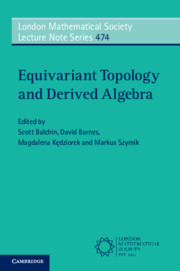Paradoxical shifts in human color (spectral) sensitivity occur on
deep-red (658 nm) background fields. As the radiance of the deep-red
background is increased from low to moderate levels, the spectral
sensitivity for detecting 15-Hz flicker shifts toward shorter wavelengths,
although by more than is predicted by selective chromatic adaptation
(e.g., Eisner & MacLeod, 1981; Stromeyer et
al., 1987; Stockman et al., 1993). Remarkably, though, at higher background
radiances, the spectral sensitivity then shifts precipitously back towards
longer wavelengths. Here, we show that both effects are due in large part
to destructive and constructive interference between signals
generated by the same cone type. Contrary to the conventional model of the
human visual system, the M- and L-cone types contribute not just the
customary fast signals to the achromatic or luminance pathway, but also
slower signals of the same or opposite sign. The predominant signs of the
slow M- and L-cone signals change with background radiance, but
always remain spectrally opposed (M-L or L-M). Consequently, when the slow
and fast signals from one cone type destructively interfere, as they do
near 15 Hz, those from the other cone type constructively interfere,
causing the paradoxical shifts in spectral sensitivity. The shift in
spectral sensitivity towards longer wavelengths is accentuated at higher
temporal frequencies by a suppression of fast M-cone signals by deep-red
fields.


